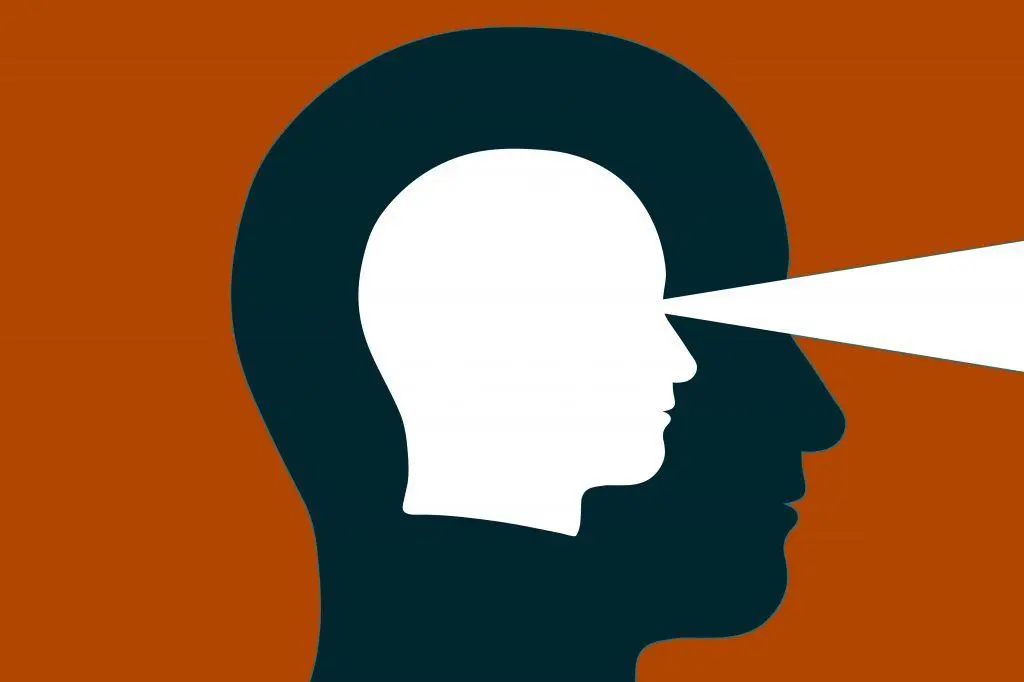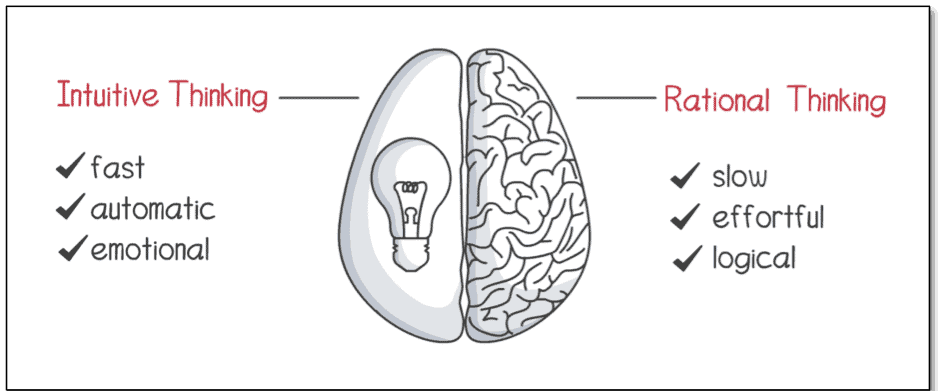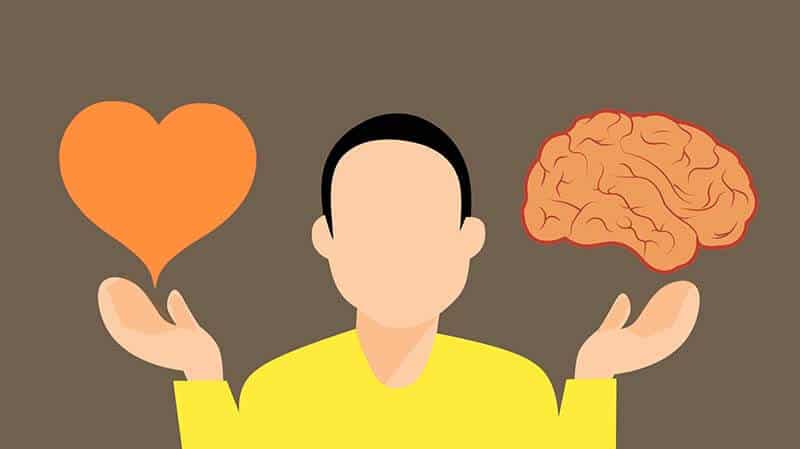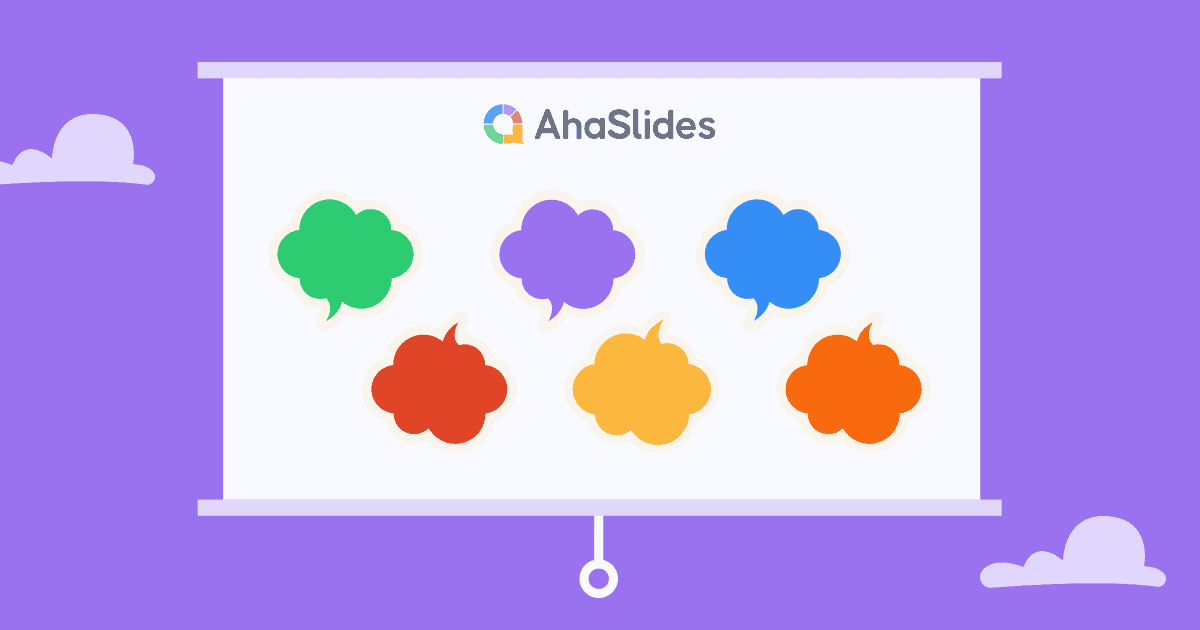스트레스가 많고 빠르게 움직이는 환경에서는 여러 번 직감에 의지해 의사 결정을 내리는 것이 도움이 됩니다.
하지만 언제 신청해야 하는지 알면 직관적 사고 까다롭다. 그것이 무엇인지, 어떻게 작동하게 할 수 있는지 이해하면 좋은 결과를 가져오는 훌륭한 결정을 내릴 수 있습니다.
더 많은 인사이트를 얻으려면 들어가보세요👇
차례
소프트 스킬 개발에 대한 추가 팁
| 직관적 사고의 반대말은 무엇인가요? | 반직관적 |
| '직관적 사고'라는 용어를 만든 사람은 누구입니까? | 앙리 베르 손 |
| 언제'직관적 사고'라는 용어를 찾았나요? | 1927 |

더 나은 참여 도구를 찾고 계십니까?
AhaSlides 프레젠테이션에서 제공되는 최고의 실시간 여론조사, 퀴즈, 게임으로 더욱 재미있는 내용을 추가하고, 군중과 공유하세요!
🚀 무료 가입하기☁️
직관적 사고란 무엇입니까?

프로 야구 선수가 홈플레이트에 서 있다고 상상해 보세요. 투수가 몸을 돌려 당신을 향해 직구를 던집니다. 당신은 찰나의 순간에 반응해야 합니다. 의식적으로 생각할 시간은 없습니다!
그런데 놀라운 일이 벌어집니다. 몸이 알아서 움직이기 시작합니다. 별다른 생각 없이 손이 제자리로 돌아가더니 뚝! 완벽한 타격이 완성됩니다.
그 통찰력은 어디서 나온 걸까요? 당신의 직감.
깊은 곳에서 뇌의 어떤 부분은 투수의 움직임, 공의 회전 등과 같은 미묘한 단서를 인식하고, 연습과 과거 경기에서의 수천 번의 반복을 바탕으로 정확히 어떻게 반응해야 할지 알고 있었습니다.
직관적 사고가 실제로 작용하는 것입니다. 직관적 사고를 통해 우리는 거의 즉시 풍부한 경험을 얻고, 의도적인 논리 없이 "직감적 결정"을 내릴 수 있습니다.
탑건의 크루즈가 공중전에서 올바른 움직임을 느끼는 것처럼, 네오가 이해하지 못한 채 매트릭스 코드를 보는 것처럼 말입니다.
가장 좋은 점은? 직관은 단순히 반응만 위한 게 아니라 통찰력과 창의력을 발휘할 수 있는 초능력이라는 점입니다.
이해나 혁신적인 해결책이 나오는 "아하!" 순간은 종종 논리적으로 설명하기도 전에 우리의 직관에서 솟아오릅니다.
직관적 사고의 4가지 유형은 무엇입니까?
직관적 사고는 일반적으로 4가지 유형으로 분류되며 각각 뚜렷한 특성을 가지고 있습니다. 당신은 어떤 유형의 직관적인 사고를 하는 사람인가요?🤔
인지 직관

여기에는 인지적 과제를 통해 경험을 통해 무의식적으로 학습한 패턴과 추론에 접근하는 것이 포함됩니다.
이를 통해 빠른 스키마 일치 및 판단이 가능합니다. 예를 들어 문법 패턴을 즉각적으로 인식하는 것, 복잡한 문제 해결, 익숙한 패턴을 기반으로 수학 문제에 대한 답을 직관하는 것, 위험/신뢰도 평가 등이 있습니다.
정서적 직관

직감이라고도 합니다. 이 유형은 직관을 안내하기 위해 감정과 감정에 더 의존합니다.
의식적인 추론 없이도 어떤 일이 옳다고 느껴지거나 불안하게 느껴질 수 있습니다. 감정은 대인 관계 판단, 속임수 감지, 윤리적/도덕적 의사 결정과 같은 일들에 관여하며, 이러한 일들에서는 감정이 중요한 역할을 합니다.
분석적 직관

기술이나 영역에서 수년에 걸쳐 광범위한 심의 및 자동 학습을 통해 발전합니다.
전문가는 복잡한 상황을 직관적으로 해석하고 적절하게 대응할 수 있습니다. 예로는 마스터 체스 선수, 전문 의사 및 해당 분야에서 깊은 경험을 가진 기타 전문가가 있습니다.
구체화된 직관

근육, 고유 감각 및 감각 학습에 의존합니다.
신체적 연습과 움직임 기반의 사회적 경험을 통해 발달합니다. 조정 기술, 균형, 얼굴 표정, 신체 언어 등을 통한 비언어적 감정/사회적 신호 해석 등이 이 범주에 속합니다.
일부에는 다음이 포함됩니다.
- 사회적 직관 – 의식적인 추론 없이 사회적 역학, 규범, 그리고 상호작용을 직관적으로 이해하는 능력을 의미합니다. 사회적 직관은 감정 해석, 행동 예측, 관계 및 권력 구조 파악, 그리고 집단의 영향/역동성 감지 등의 영역에 영향을 미칩니다.
- 생성적 직관 – 다양한 유형의 정보를 직관적으로 종합하여 새로운 아이디어, 혁신을 촉발하거나 새로운 방식으로 문제를 파악하는 능력입니다. 발명, 혁신적인 디자인, 획기적인 과학 이론, 예술/인문학 분야의 예상치 못한 관점 등이 그 예입니다.
네 가지 유형 모두 빠른 통찰력을 제공하지만, 의식적으로 접근하기는 더딜 수 있습니다. 그리고 이 네 가지 유형은 종종 상호 작용합니다. 인지 패턴은 장기적인 경험 학습에 영향을 미치는 정서적 반응을 유발할 수 있습니다. 어떤 유형의 직관이든 효과적으로 발달시키려면 끊임없이 새로운 경험과 성찰적 학습에 노출되어야 합니다.
직관적인 생각은 좋은가요, 나쁜가요?

직관적 사고는 양날의 검입니다. 광범위한 경험을 통해 전문 지식이 구축되면 매우 유익할 수 있지만 증거 기반이 부족한 고위험 결정에 의존하면 위험할 수 있습니다.
직관적 사고의 잠재적 이점은 다음과 같습니다.
- 속도 - 직관은 매우 신속한 의사결정 시간이 제한되어 있을 때. 이는 유리할 수 있습니다.
- 경험에 기반한 통찰력 – 직관은 경험의 무의식적 교훈을 통합하여 유용한 관점을 제공할 수 있습니다.
- 창의성 – 직관은 새로운 연결과 혁신적이고 틀에 얽매이지 않은 아이디어를 촉진할 수 있습니다.
- 초기 예감 – 직관적인 직감은 추가적인 탐색과 검증을 위한 시작점으로 작용할 수 있습니다.
직관적 사고의 잠재적인 단점은 다음과 같습니다.
- 편견 – 직관은 판단을 왜곡하는 고정관념, 정서적 휴리스틱, 집단 내 편애와 같은 인지적 편견에 취약합니다.
- 잘못된 패턴 – 직관적인 패턴은 확실한 증거가 아닌, 오래되고, 잘못되었거나, 일회성 과거 경험에 기반을 둘 수 있습니다.
- 정당화 – 직관적인 생각의 정확성을 공정하게 조사하기보다는 그 생각을 정당화하려는 본능이 있습니다.
- 세부 사항보다 전체론 - 직관은 중요한 미묘한 부분을 주의 깊게 분석하기보다는 더 광범위한 주제에 초점을 맞춥니다.
- 자만심 – 직감은 감정에 따라 행동하기보다는 철저하고 신중한 추론을 방해할 수 있습니다.
보다 직관적인 사고자가 되기 위한 팁

좀 더 직관적인 사고를 하는 사람이 되기 위한 몇 가지 팁은 다음과 같습니다. 시간이 지남에 따라 이러한 전략은 다양하고 반성적인 노출과 유연한 사고를 통해 직관적 사고를 강화합니다.
- 자신의 분야에서 폭넓은 실무 경험을 쌓으세요. 직관은 자신이 접한 것의 패턴을 무의식적으로 인식하는 데서 비롯됩니다. 끊임없이 자신에게 도전하세요.
- 마음챙김과 자기 인식을 실천하세요. 판단 없이 직감과 예감을 느껴보세요. 시간이 지남에 따라 직감을 더 신뢰하는 법을 배우게 될 것입니다.
- 다양한 사고를 장려합니다. 관련되지 않은 개념을 연관시키십시오. 폭넓게 브레인스토밍하세요. 직관은 아이디어를 새로운 방식으로 결합합니다.
- 문제 해결 중에는 휴식을 취하십시오. 인큐베이션을 통해 잠재의식에서 직관이 표면화될 수 있습니다. 산책을 하여 마음을 방황하게 하십시오.
- 메타인지를 개발하세요. 과거의 직관을 분석하고, 무엇이 정확했고 그 이유는 무엇인지 파악하세요. 자신의 직관 강점에 대한 자기 이해를 구축하세요.
- 당신의 꿈/백일몽에 주의를 기울이세요. 이는 논리적 규범을 벗어난 직관적인 통찰력을 제공할 수 있습니다.
- 자신의 전문 지식과 다른 영역을 연구하세요. 새로운 정보는 직관적인 연관성과 문제 해결 각도를 촉진합니다.
- 직감 반응 해고를 피하십시오. 직감을 버리기 전에 추가 조사를 통해 예감을 보시기 바랍니다.
히프 라인
직관적 사고는 단계별 추론보다는 빠르고 잠재의식적인 패턴 인식, 감정, 그리고 경험에 의존합니다. 연습을 통해 우리는 직관을 거의 육감처럼 작동하도록 훈련할 수 있으며, 어떤 상황에서든 뛰어난 문제 해결 능력을 발휘할 수 있습니다.
자주 묻는 질문들 (FAQ)
직관적 사고를 하는 사람들은 무엇을 하는가?
직관적 사고자는 문제에 접근하고 의사결정을 내릴 때 엄격한 논리적 분석보다는 직감, 경험을 통해 인식된 암묵적 패턴, 서로 다른 아이디어를 직관적으로 연결하는 능력에 주로 의존합니다.
직관적 사고의 예는 무엇입니까?
직관적 사고를 보여주는 예로는 다음과 같습니다. 체스 그랜드마스터가 모든 가능성을 의식적으로 분석하지 않고도 최선의 다음 수를 즉시 파악하는 경우입니다. 그들의 직관은 방대한 경험에 기반하며, 숙련된 의사가 미묘한 단서를 바탕으로 환자에게서 낯선 증상의 원인을 파악하고, 검사 결과가 아직 설명하지 못하더라도 무언가 이상하다고 "느끼는" 경우입니다.
논리적인 것이 더 낫습니까, 아니면 직관적인 것이 낫습니까?
논리적인 것과 직관적인 것 중 어느 것이 본질적으로 더 나은지에 대한 간단한 답은 없습니다. 둘 다 장단점이 있습니다. 일반적으로 두 접근 방식의 균형을 맞추는 것이 이 아이디어의 핵심으로 여겨집니다.








